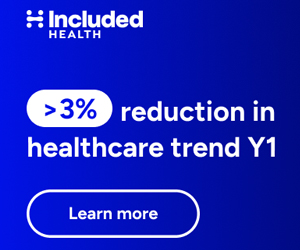 As a confident critic of ObamaCare from its genesis, I’m impressed that the law remains unpopular and that the American people appear ready to scrap it and start again. Last March, a senior bureaucrat in charge of rolling out ObamaCare fretted about a “third-world experience“.
As a confident critic of ObamaCare from its genesis, I’m impressed that the law remains unpopular and that the American people appear ready to scrap it and start again. Last March, a senior bureaucrat in charge of rolling out ObamaCare fretted about a “third-world experience“.
ObamaCare’s opponents have managed to keep Republican politicians unified against the law. The only tactical question is whether the GOP can credibly threaten to “shut down the government” during the forthcoming debate over the Continuing Resolution (the legislation that funds the government in the absence of a budget).
It’s been a good three and a half years for ObamaCare’s opponents. Nevertheless, outside the political realm, businesses and investors are behaving as if ObamaCare is hardened concrete. Although ObamaCare’s opponents have overwhelmingly succeeded in convincing society of the law’s drawbacks, it is not at all clear that society is ready to accept a more free-market alternative reform.
Indeed, some of the approaches used against ObamaCare might have unintended consequences that will appear in 2014, the law’s first fully operational year, which would make repealing and replacing ObamaCare extremely difficult.
Here are a few friendly questions for ObamaCare’s opponents:
First: We’ve spend a lot of effort convincing people that state-based health-insurance exchanges will be a disaster, and succeeded in blocking their establishment in many states. To be sure, they are an unnecessary bureaucracy, but do we really believe that enrolling in the New York Health Benefits Exchange or Cover California will be the worst thing since unsliced bread? It won’t be like shopping on Amazon.com, but I’ll bet it will be easier than doing business with the DMV. The New York Times recently reported on exchange outreach efforts in Colorado (a pro-ObamaCare state) and Missouri (an anti-ObamaCare state). The take-away: In Colorado, it’s almost impossible for people to avoid learning how to enroll in the exchange, while in Missouri it’s been extremely difficult to get information. Most people will not be interested in how much it cost taxpayers to set up and operate the exchanges. Do we really believe that when ordinary Missourians learn from their Coloradan friends that their state government has helped them get federal tax credits for health insurance, that they will reward Show-Me state politicians for trying to block them?















